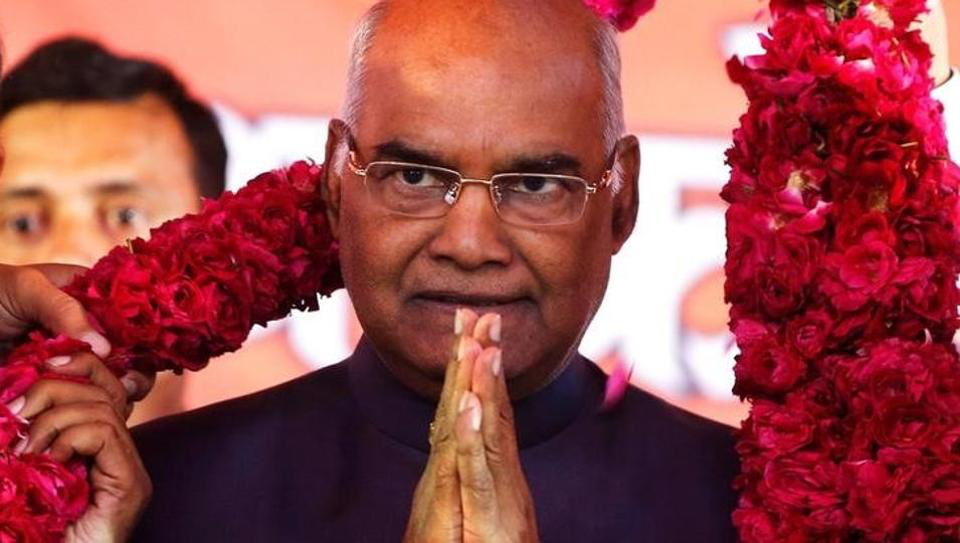As India’s 14th President, Ram Nath Kovind will be expected to play the important role of safeguarding the spirit of the Constitution and the foundations of our parliamentary democracy. Unlike his immediate predecessor Pranab Mukherjee, Mr. Kovind moves into Rashtrapati Bhavan after a stint in a Raj Bhavan. Arguably, it is a Raj Bhavan, and not the office of the Vice-President, that is the best preparatory ground for the non-ceremonial duties of the President, particularly those that may involve invoking the office’s discretionary power. After general elections that produced hung Lok Sabhas, former Presidents R. Venkataraman, Shankar Dayal Sharma and K.R. Narayanan adopted different procedures to decide who would have the first shot at forming the government. Venkataraman and Sharma invited the leader of the single largest party, with varying results. While Rajiv Gandhi declined Venkataraman’s invitation in 1989, A.B. Vajpayee accepted Sharma’s invitation in 1996, only to see his government last no more than 13 days. In 1998, Narayanan ascertained the support Mr. Vajpayee had before calling him to form the government. Like these predecessors, Mr. Kovind may be involved in situations with no set precedent. Also, while the use and abuse of Article 356, and the imposition of President’s Rule, are now monitored closely by the higher courts, as President he will necessarily have to use his own discretion should the Union Cabinet send such a recommendation. On contentious pieces of legislation, he can be extremely influential when he counsels caution, using his moral authority and the weight of his public office.
Mr. Kovind secured an impressive victory, receiving more than the number of votes pledged to him, signifying acceptance levels that go beyond the NDA’s political spectrum. Once the names of the candidates for the election were known, much of the interest centered on the support he would garner from Opposition parties not affiliated to the Congress. That he did win substantially more votes vindicates the faith the BJP’s leadership placed on his candidature. To the BJP’s credit, it did not choose a dyed-in-saffron member of the Sangh Parivar. Mr. Kovind’s candidature may have been a strategic political compromise. On the one hand, it ensured the wider support that the BJP wanted and, on the other, it wasn’t entirely politically neutral, not enough anyway to allow the Congress or the Left parties the satisfaction of a consensus candidate. He is a Dalit, and his nomination was intended by the BJP to signal a socially inclusive agenda. But as President, Mr. Kovind will have to rise above political and social identities. He will be called upon to apply his mind and distinguish between settled conventions and questionable precedents in arriving at decisions. The office of the President was not conceived as merely a ceremonial post. The discretionary powers that he has demand a delicate balance without slipping into being either an unthinking rubber stamp or an overzealous interventionist.
(The Hindu)
